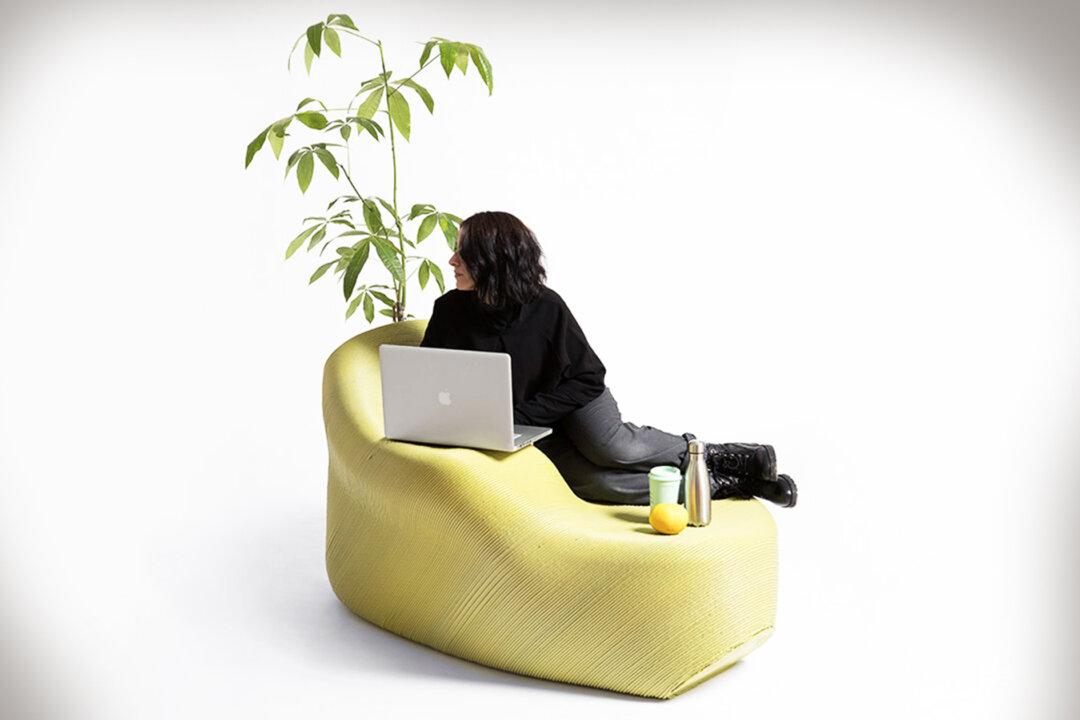A zero-waste project from the Netherlands is using 3D-printing technology to turn plastic trash into stylish urban furniture.
Zero Waste Lab by The New Raw, a collaboration between Rotterdam-based architects Panos Sakkas and Foteini Setaki, makes everything from park benches to work stations to dinner tables, encouraging people to think about the impact of single-use plastic consumption.





